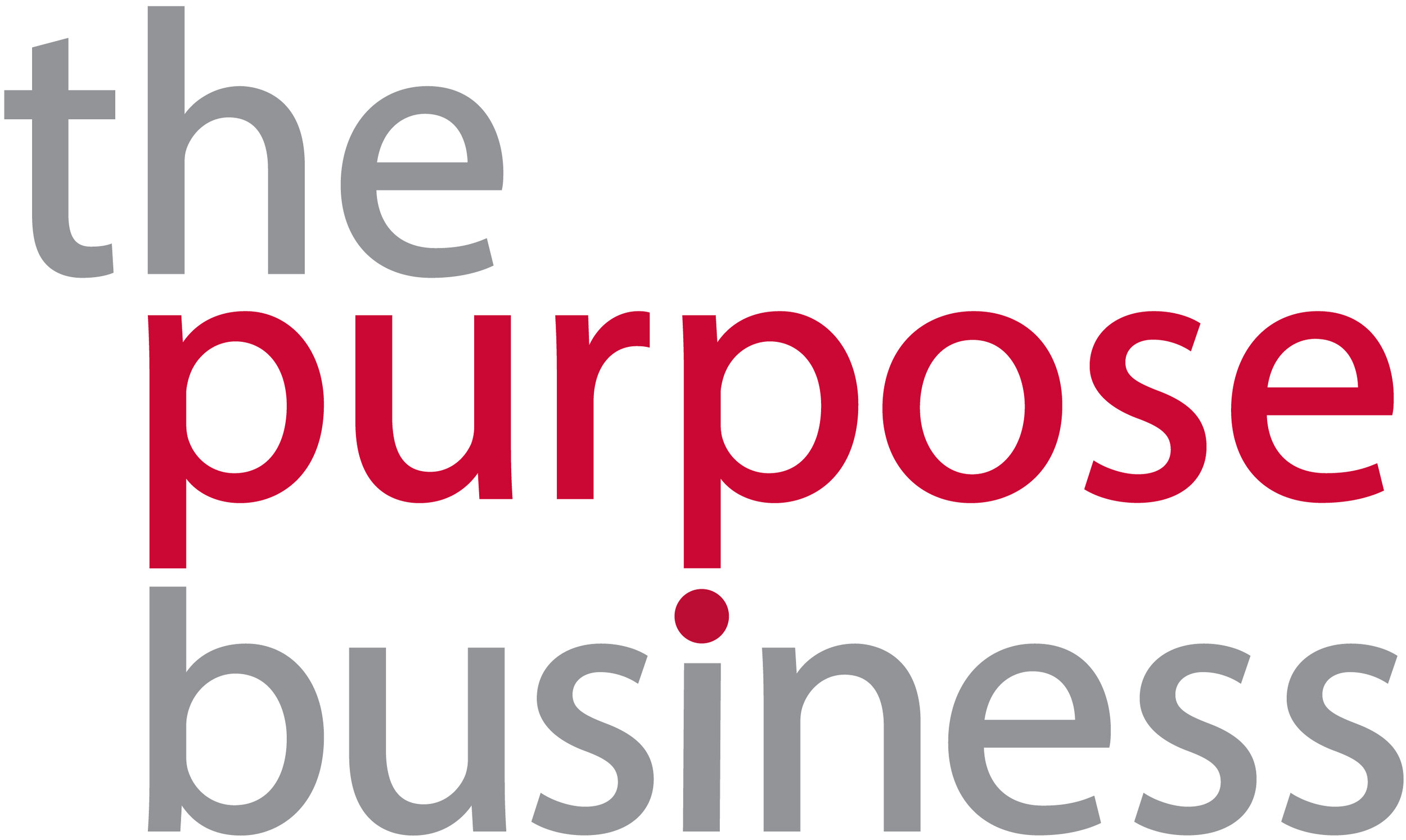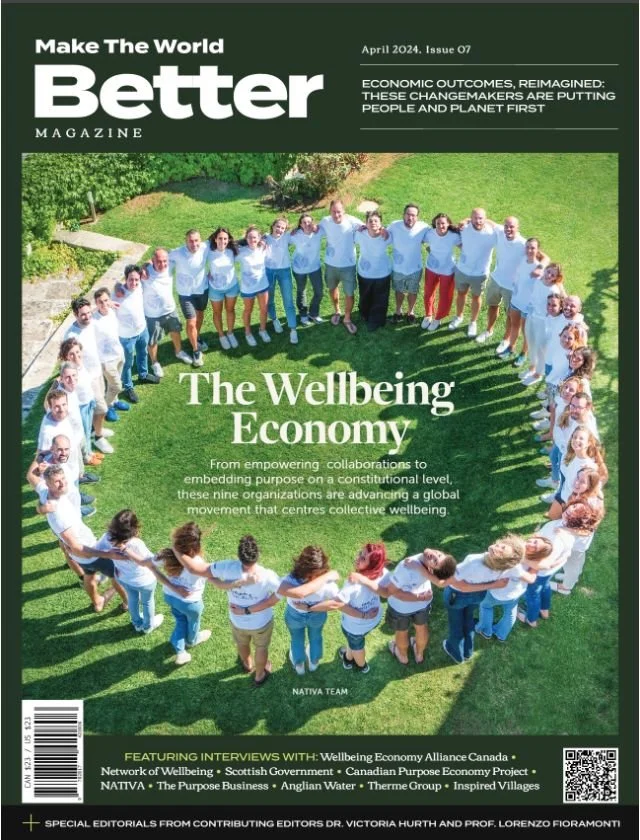Not just a house of straws
TPB’s Founder & Director, Pat Dwyer on the role of collaboration and innovation to manage plastics in ASEAN.
In no other time in history has the subject of plastics been on headlines as much as today. Single-use plastic (SUP), that is plastic that only gets used by the customer once regardless of whether it was designed for multiple uses, has moved away from lifestyle and business pages, to frontline news. Headlines in Asia include India aiming to ban single-use plastics by 2022; Indonesia committing to reduce plastic debris by 70% by 2025 and Vietnam proposing a regional partnership in management of plastic waste in the Southeast Asia following the sixth Global Environment Facility (GEF) summit earlier this year. In September, Malaysia announced a zero-waste plan that aims to abolish single-use plastic by 2030.
This is encouraging, but frankly Asia needs more than just encouragement. Six of the top 20 countries ranked by size of mismanaged plastic waste include ASEAN member States. Thailand, Malaysia, Vietnam, the Philippines and some other Asian countries altogether were found to be responsible for more plastic in the ocean than the rest of the world combined, according to a 2017 report by Ocean Conservancy. Much of the resulting plastic pollution ends up in the ocean given the concentration of populations along vast river systems and coastlines.
Plastic by itself is NOT the enemy. The very characteristics of plastic make it attractive whether for packaging, convenience or insulation. It is lightweight, nimble, resistant to other materials and most compellingly, cost-efficient. The challenge comes with managing extreme volumes of plastic production, use and disposal.
South and Southeast Asia countries have resource challenges and competing interests between economic realities and environmental protection. They need to get creative with finding practical solutions that are grounded in local setting, but are easily replicable and scalable in other places with similar conditions.
I was humbled to moderate the panel on ‘Turning the tide on plastics’ at the World Economic Forum ASEAN earlier this month, where C-suite business leaders, non-profit organisations, start-ups agreed that ‘context is key’. ASEAN has distinct and specific issues that come into play, which is why innovations built on local understanding have the potential for real traction, a point also emphasised by Antonia Gawei, Head of Circular Economy Initiative at WEF, whilst noting the need for collaboration between stakeholders to become the norm.
Both public and private sectors are increasingly taking notice, making commitments in the form of targets and alternatives and some are even investing in solutions that can bring multiple benefits – from cleaner rivers, to new sources of livelihoods, start-ups and entrepreneurs are emerging with new plastic alternatives, such as bio-based solutions like Indonesia’s Greenhope which turns cassava starch into resin.
What the region needs is an organised platform that brings multi-stakeholder representatives to forge expertise, resources, local know-how together
What the region needs is an organised platform that brings multi-stakeholder representatives to forge expertise, resources, local know-how together and collaborate on solutions to manage plastics better. Doing so ensures that these solutions are ground-up, systematically documented and easily shared for widespread reference.
The Global Plastic Action Partnership (GPAP) was launched during the Sustainable Development Summit in New York in September, and has the potential to be the platform we need in Asia. The GPAP precisely “brings businesses, international donors, national and local government, community groups and world-class experts together to collaborate on beating plastic pollution.” The new platform launched with a few pilot collaborations starting with Indonesia to capitalise on the progress made thus far on the target of 70% reduction over the next seven years. Learnings from this example include education across all levels of community life, effective deployment of the army to help enforcement, strong partnerships between local government and local residents to develop livelihood programmes such as the eco-villages set up bringing old plastic items can earn small amounts of money in exchange.
These are not small scale at all, as they impact more than 8.5 million inhabitants in the capital Bandung alone, Indonesia’s second largest metropolitan area. Codifying the process in a manner that is shareable and replicable to other similar places in Asia will change the way we behave at grassroots level.
ASEAN also has other perhaps too well-kept secrets, that even the wealthier countries in the region can learn from. Dow Chemicals has been working in partnership with Siam Cement Group (SCG) in Thailand so that plastic waste go into paving roads. 5-8% of plastic become part of asphalt so that there is nearly one ton of plastic in every 1 km of road built. Today they are rolling the same efforts out in India and Indonesia where it is slowly becoming the norm of new roads built.
Indeed, no solution is too small. Solutions abound, but they simply have to be front and centre. I am encouraged by ASEAN governments who are slowly moving through various policy initiatives, companies that are launching their own strategies on SUP, and most of all, the international community that is mobilising public and private financing such as Circulate Capital, “an impact-focused investment management firm dedicated to financing innovation, companies, and infrastructure that prevent the flow of plastic waste into the world’s ocean while advancing the circular economy.” They are now seeking to invest USD 150 Million in solutions across the region.
We need more platforms that bring multi-stakeholder representatives to forge expertise, resources, local know-how together and collaborate on solutions to manage plastics and other sustainability issues better.
Companies should be more explicit in calling for suppliers and innovation partners when they rethink product design. Instead of just speaking to the same legacy suppliers, they would stand to benefit from hearing from new start-ups like Greenhope, Mango Materials and others, who have the seed technology to bring solutions to operational issues such as packaging, food safety, and convenience.
Companies calling for accelerators and incubators should not limit the conversation to tech companies. A company could take the same approach and channel its R&D or sustainability efforts to supporting grassroots organisations who present opportunities in more circular economy thinking. Businesses have the power and influence to bring various stakeholders together – and it should capitalise on this role to ensure real public-private partnerships.




